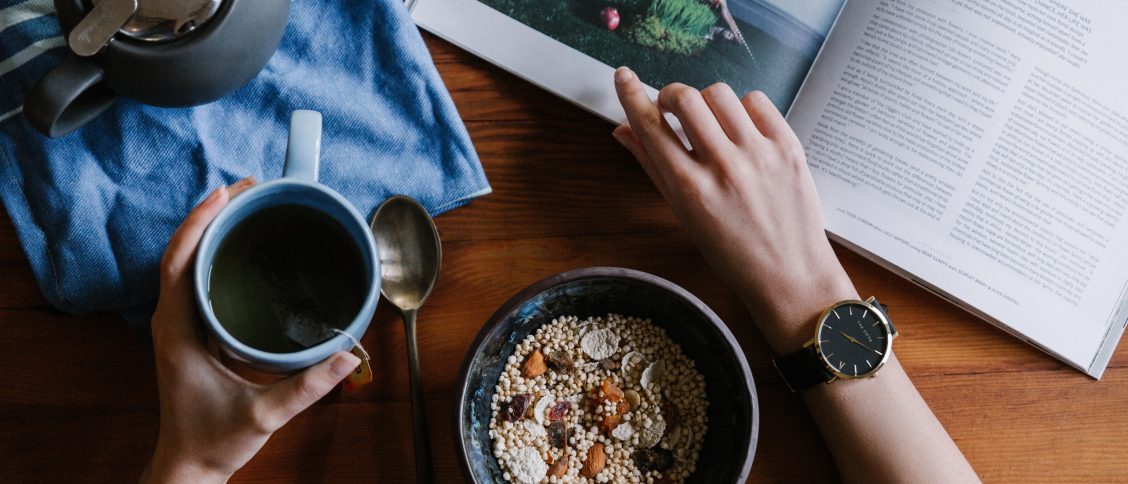What is black tea?
When it comes to tea, there is no doubt about it. One of the most beloved blends of Western culture, black tea is a popular beverage Loose leaf black tea made from the leaves of the Camellia sinensis plant is the basis for many popular teas, including English breakfast tea and Earl Gray tea. All teas (except herbal teas) are made from this plant.
There are two types of camellia sinensis used in tea: camellia sinensis native to China (Sinensis) and camellia sinensis native to the Assam region of India (asamica). Most black teas are made from Camellias inensisasamica. Camellia sinensis assamica tea was popular in 1823 and is now the most popular type of tea.
Health benefits of Loose Leaf Black Tea
Black tea contains antioxidants
Black tea has many great health benefits for those who drink good drinks. First, antioxidants contribute significantly to the health benefits of black tea drinkers. Antioxidants not only fight free radicals but also protect against viruses and microbes. Free radicals are a single oxygen atom that harms health by attacking other molecules in the body. Bunker damage can occur during this attack, which can have long-term consequences.
Tea for your hair and skin
In addition to fighting free radicals, antioxidants can improve skin health and help heart health. Heart health is the main benefit of black tea. Those unfamiliar with black tea may be surprised to hear that drinks can do so many wonderful things in their minds. Black tea is rich in natural saponins that help lower cholesterol and reduce inflammation. Black tea may reduce the risk of cardiovascular disease by improving vascular function by lowering bad cholesterol (LDL).
Improve digestion with black tea
Since then, black tea has been shown to aid some digestion. Tea is known to calm intestinal activity and aid digestion because the drink contains tannins, and has chronic gastric disorders such as Crohn’s disease, irritable bowel syndrome, inflammatory bowel disease, and ulcers. Popular with people. Colitis.
Caffeine without crash
If you’re not a coffee fan, but still looking for a daily dose of caffeine, tea may be the perfect drink. Black tea contains 45-70 mg of caffeine per 8 ounces of serving and is one of the most caffeine-rich teas to enjoy and usually does not cause coffee-related stomach discomfort. In addition, black tea gives you not only physical energy but also mental energy. And it helps awaken your mind and body during your morning or noon upset.
Black tea helps prevent cancer
Another amazing advantage of black tea? Cancer cells can fight back. This is correct! The same saponins, which have been shown to help lower cholesterol, have the ability to fight cancer cells in combination with antioxidant-rich drinks and may limit the growth of dangerous tumors.
Boost immunity with black tea
The same tannins we talked about black tea that helped digestion can also boost the immune system. Tannins and natural antigens in black tea boost the immune system and help the body fight common illnesses.
Tea for stress relief
Finally, if you’re looking for a tea that will help relieve stress, black tea is the perfect drink to choose from. Black tea may reduce the stress of the drinker by reducing the stress hormones that the body naturally produces throughout the day. This is due to the natural concentration of the antioxidant EGCG, which allows black tea to affect people who consume it regularly.
Where does tea come from?
It is widely known that tea is made in China, and green tea and oolong tea are the most popular. What Westerners identify as black tea is called red tea in China. Traditional Chinese black tea is known as fermented tea (Pu’er). Black tea was a favorite of Europeans because of its ability to retain its flavor for years-making it an excellent product.
How is a black tea made?
Black tea traditionally goes through a five-step process:
Picking: You need to pick the tea leaves. The shoots and upper leaves are selected and sorted evenly.
Wilt: When the leaves are picked, negative oxidation begins and the leaves wilt. The leaves wilt and soften. This prepares them to roll.
Rolling: Sheets are formed by rolling them, either mechanically or by hand. This process helps remove the juice and promotes oxidation. Rolling the leaves breaks the cell walls and accelerates oxidation. Just like when you cut an apple, it turns brown faster than if you didn’t cut it.
Oxidation: To make black tea, you need to oxidize the tea leaves. Oxidation is a fantasy term for wilted leaves after plucking because they are exposed to oxygen. In this chemical reaction, the leaves darken to black or brown. Oxidation can be managed by adjusting the room temperature and checked by showing the leaves to heat (steaming, frying, or baking). Interesting fact: Black tea was named because of its dark leaves, but in the Orient, what is called black tea is considered red tea. This is because tea is often reddish.
Shooting: The final step is to shoot the leaves. Burning stops oxidation and removes water from the leaves. Now you can enjoy ready-made loose-leaf tea.






